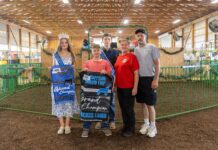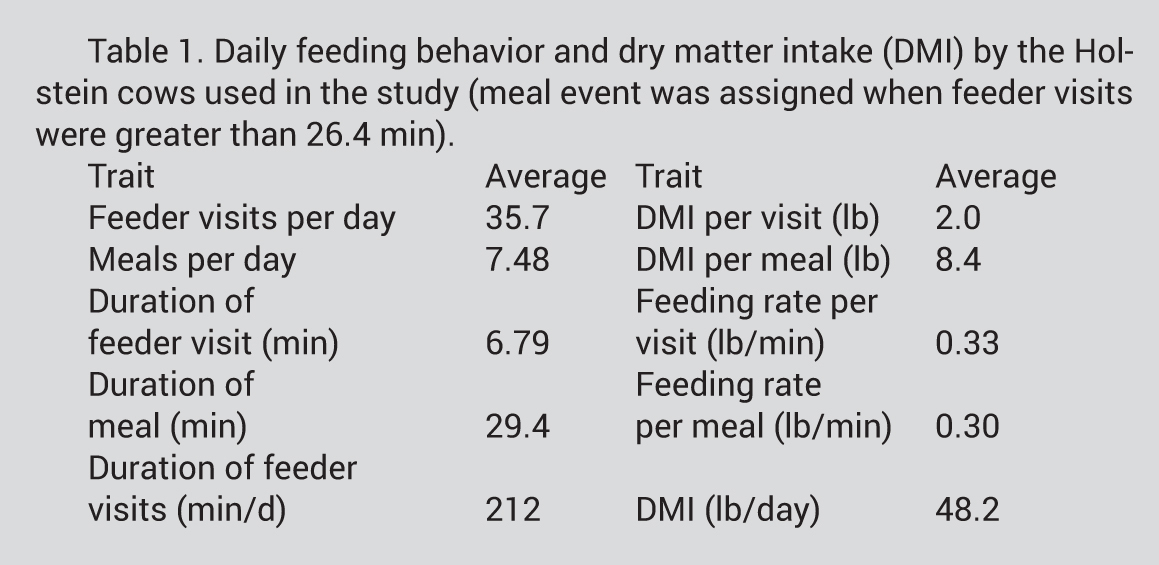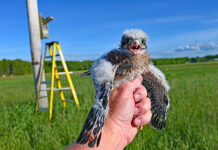Fall has officially and weather-wise arrived, and thus so have crop harvests and manure spreading. It’s that time of the year when meals around the table may be less frequent, so meals may take place while working. Total food consumption may or may not change from the month prior.
Then, this period will be followed with families gathering for meals during the holidays. A bounty of food and more time to enjoy it will likely increase consumption by possibly a longer meal event ate at a slower rate.
All of these aspects impact total food intake, thus calorie intake, and metabolism of the food consumed.
But, what about for lactating dairy cows? In a paper published in the July edition of the Journal of Dairy Science, researchers at the University of Wisconsin studied genetic parameters for feeding behavior traits and their association with feed efficiency in Holstein cows, using 75,877 daily feeding behaviors among 1328 mid-lactation cows.
In Table 1, the averages for animals in the study regarding feeding behaviors and actual intake are provided. From the data collected, genetic and phenotypic correlations with feeding behaviors traits and intake were calculated.
Findings
Some of the key findings included the following:
- With more visits or more meals per day, cows spend less time at each feeder visit or meal with a lower intake per visit or meal.
- The feeding behavior with the highest positive correction with DMI was intake per meal.
- Intake per meal was negatively correlated with number of meals and total duration of visits and positively correlated with duration of each meal, intake per visit and feeding rate per meal.
- Cows with greater DMI per visit or meal tended to be less efficient genetically because DMI and metabolic body weight increased without equal compensation in milk energy output.
- Individual cows that eat at a slower rate may be more feed efficient.
Genetics
Many more observations were made, but the authors concluded that feeding behavior traits were heritable and repeatable, indicating that a significant proportion of phenotypic variance is explained by the additive genetic effects, such that feeding behavior could be incorporated into genetic selection programs.
In addition, it was concluded that measures of feeding behavior could be useful indicators of dairy cow feed efficiency.
This affords time to reflect upon your facilities and management as to things that may be negatively affecting feeding behaviors, such as overcrowding; low feeding frequency; inadequate feed in bunk for 23 hours/day; social dominance among cows in group, thus separating first-lactation animals; and minimizing pen moves.
As for your own feeding behaviors over the next several weeks, be conscious of your health and nutritional needs, slow down and enjoy the dining event and time with family, and acknowledge that maximum consumption is not the best goal and can have implications, possibly negative ones. Have a safe and enjoyable autumn.














